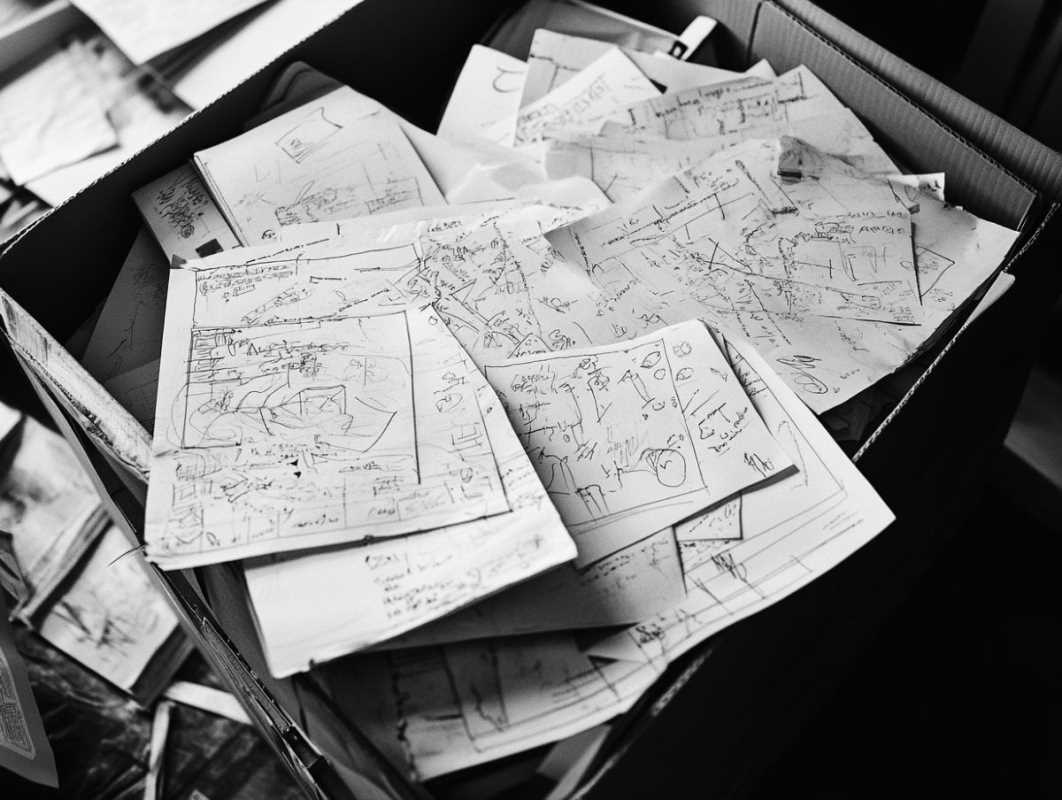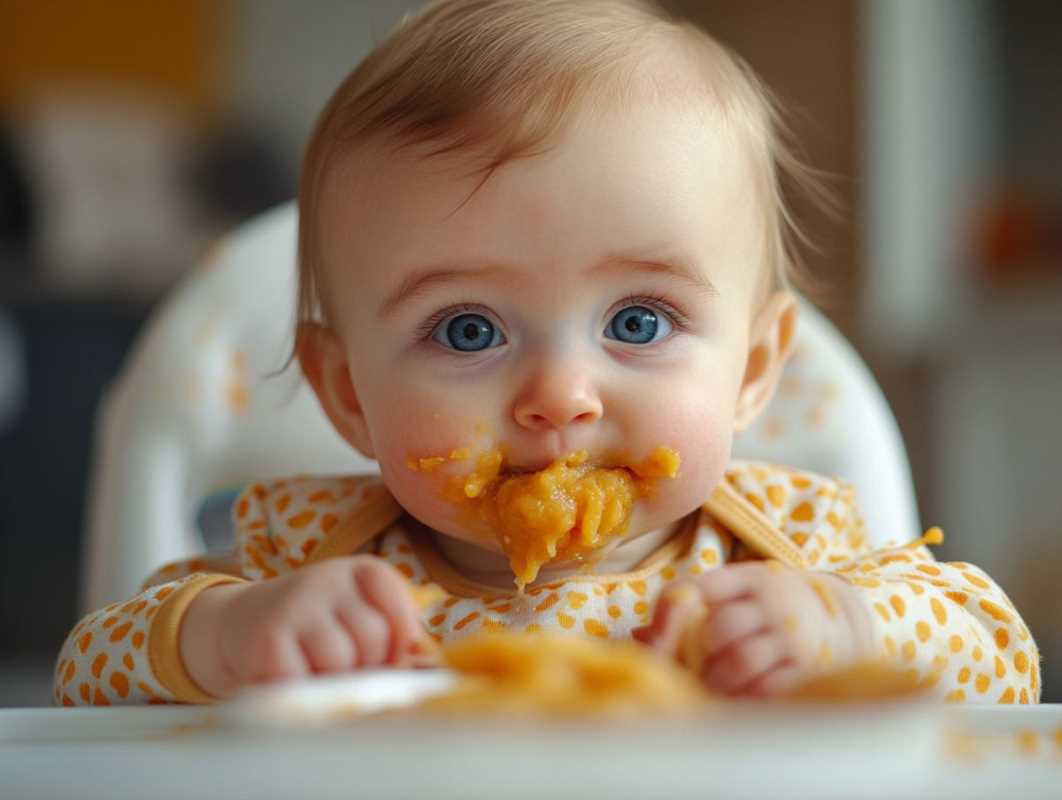If you're a parent, you’ve likely been here before. Your child comes home clutching a colorful masterpiece or proudly displays their latest “genius idea” scribbled on notebook paper. Soon enough, your kitchen table, fridge, and drawers are filled with an overwhelming collection of artwork, homework, and school projects. You find yourself asking, “What am I supposed to do with all of this?” followed by the inevitable guilt that discarding any of it might somehow diminish the memory or the love you feel for your child. Take a deep breath—you're not alone, and yes, it’s okay to throw some of it away.
Here’s a supportive, guilt-free roadmap to help you decide what to keep, what to say goodbye to, and how to cherish what matters most—without drowning in paper piles.
Why Parents Feel Guilty About Tossing Things
First, let’s address the very real guilt. It comes from a place of love. You want to honor your child’s effort, creativity, and growth, and you fear that throwing away their work somehow devalues their achievements. But holding onto everything isn’t practical (or healthy).
The truth is, something doesn’t need to physically exist forever to be meaningful. Your child’s ideas and creations are expressions of their developing mind and personality. They’ve already served their purpose by giving your child a way to learn, play, and express. Keeping every single piece won’t make those moments more special, but being mindful of what you save can.
We also have to ask ourselves, are we really doing our kids a favor by storing every paper, drawing, or macaroni creation? Think about the boxes and bins—do you truly believe they’ll want to sort through decades of their old schoolwork as adults? Probably not. Instead, focus on curating a collection that truly reflects their milestones and memories.
How to Decide What to Keep
Set yourself up for success with a system that makes you feel in control—one that honors your child’s creations, while also keeping your home clutter-free. Here's a step-by-step guide.
1. Create Clear Criteria
Ask yourself these questions as you sort through their work:
- Does it represent a milestone or developmental achievement? (First written sentence, first time staying in the lines while coloring, a school project they worked hard on.)
- Does it have personal meaning? (A picture of your family, a special note to you, or anything tied to an important memory.)
- Is it truly unique? (Does it stand out from their other creations, or is it one of 12 paintings of the same rainbow?)
Keep items that check at least one of these boxes. If something doesn’t, it’s okay to move on from it.
2. Set Space Limits
Decide in advance how much space you’re willing to devote to saved items. A single bin, box, or file folder per school year is a great starting point. Having a defined storage space makes it easier to prioritize what’s meaningful and prevents the habit of keeping too much.
3. Get Your Child Involved
If your child is old enough, involve them in the process. Ask them what they’re most proud of or would like to save. You’ll often find they’re not as attached to every paper as you are! This also teaches them to celebrate their accomplishments and make decisions without fear of “losing” something.
4. Use a “Trial Holding Zone”
If you’re undecided about certain pieces, create a temporary folder or drawer. Come back to it a month or two later to see if those pieces still feel special. Often, taking some time helps you realize you can part with items you initially hesitated to toss.
5. Rotate It Out
Instead of displaying every new artwork or assignment, use a rotating display system. Highlight 5–10 pieces on the fridge, a corkboard, or a designated gallery wall. When it’s time to add something new, remove an older piece (and decide whether to save or toss it). This keeps your display manageable while still celebrating your child’s efforts.
What to Do With the Keepers
Once you’ve curated the most meaningful items, it’s time to give them a proper home. Here are some creative and practical ideas for organizing and preserving these treasures.
- Create a Portfolio : Use a large art portfolio, accordion folder, or flat storage box to keep artwork and classwork flat and organized by year. Label each one with your child’s name, grade, and the year for quick reference.
- Digitize Their Creations: Not everything needs to be saved in physical form. Scan or photograph their artwork, and store the images digitally. There are even apps like Artkive or Keepy that allow you to create digital albums of your child’s work. Bonus: Digital storage takes up zero physical space!
- Make a Keepsake Book: Turn your child’s best or favorite creations into a photo book. Many online services (like Shutterfly or Chatbooks) allow you to upload photos and create stunning memory books. This is a beautiful way to celebrate their work while saving space.
- Frame the Special Ones: Choose one or two standout pieces from each year and display them. Framing their artwork gives it the recognition it deserves and turns it into part of your home’s decor.
- Share the Joy: Send pieces to family members who might cherish them—grandparents, aunts, and uncles love seeing what your child is working on. Don’t overdo it, but sharing one or two items can keep loved ones connected to your child’s progress.
- Create a “Time Capsule”: Select a small number of special pieces to include in a time capsule that you’ll open years later—perhaps when your child graduates or moves out. It’s a fun way to preserve meaningful memories without keeping everything.
How to Let Go Without Guilt
Now comes the hard part—deciding what to part with and doing so guilt-free. Here’s how to make it easier.
- Remember Why You’re Saving - You’re holding onto items that reflect your child’s growth, personality, and milestones—not every scribble or worksheet. Remind yourself that letting go of some pieces doesn’t change how much you care.
- Reframe Your Thinking - Instead of focusing on the idea of “throwing away their work,” think of it as making space for new creations. Your child’s creativity and effort are ongoing—they’re not defined by the things you keep.
- Have a “Discard Day” Ritual - Some parents find it helpful to make the letting-go process intentional. Have a “discard day” where you sort through older items, thank them for their role in your child’s learning, and then recycle or toss them. This can feel less abrupt and more purposeful.
- Focus on the Memories, Not the Materials - Ultimately, the memories you make with your child matter more than the items they produce. The laughter during arts and crafts or the way their eyes lit up when they explained their science project—these are the real treasures.
Parenting is full of tiny, fleeting moments, and it’s natural to want to hold onto everything. But learning to choose what’s most meaningful and letting go of the rest can be freeing—not just for you, but for your home and family. By keeping quality over quantity and curating a collection that celebrates your child’s unique story, you’re ensuring that the memories remain special without being buried in clutter.
And remember, it’s okay. You’re not throwing away love. You’re making room for what matters most.
 (Image source: Midjourney)
(Image source: Midjourney) 





